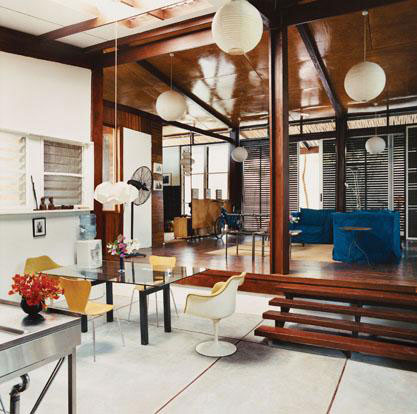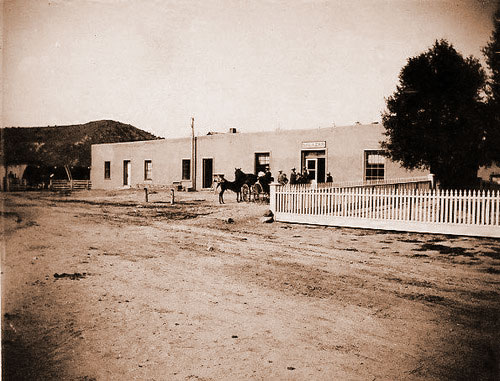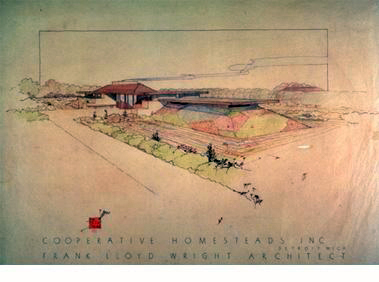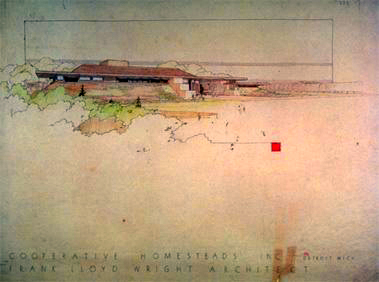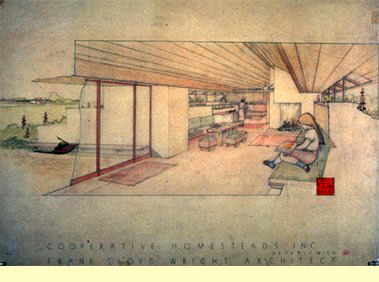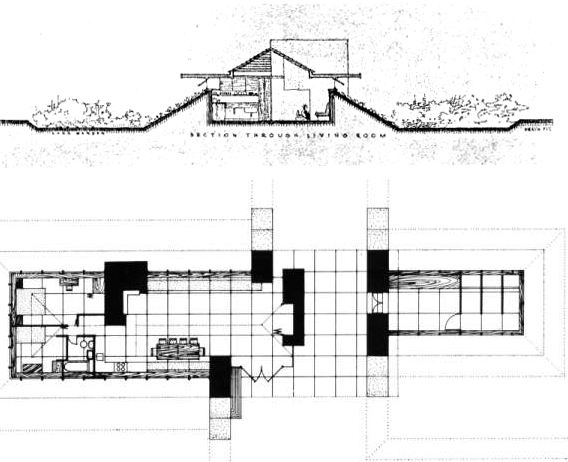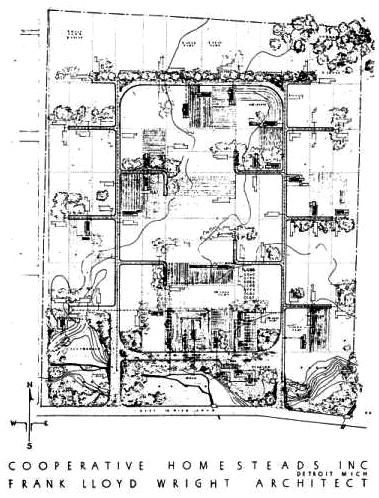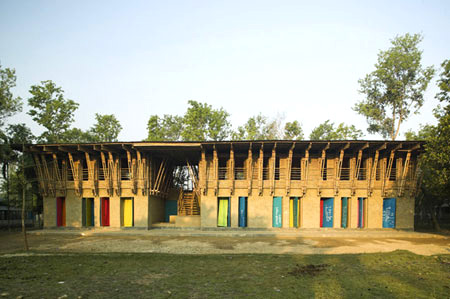“It is estimated that at least 30 per cent of the world’s population, ,some 1.5 billion people, live in houses constructed of raw (unfired) earth”. 1
“Even today, it is estimated that between a third and a half of the world’s population lives in earthen dwellings.” 2
“40 % of the world population lives in earthen dwellings” 3
1.Earth building in Britain – international context and historical background, by R. Nother, with an introduction by L. Keefe. Earth Building, p. 7
2. Smith, Michael, The History of Cob, http://www.networkearth.org/naturalbuilding/history.html
3. http://www.earth-auroville.com/index.php
this does not take into account buildings that people work or worship in or buildings that are not occupied, such as dove cotes, grainaries, etc.


